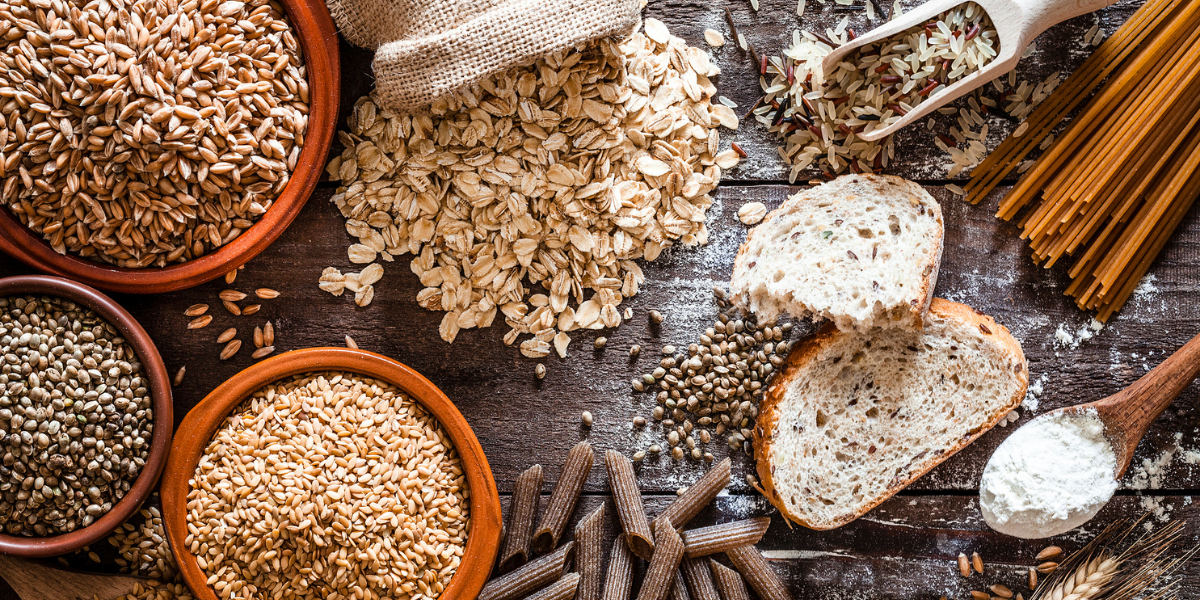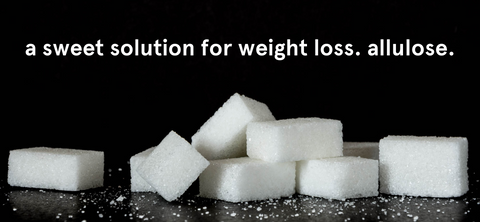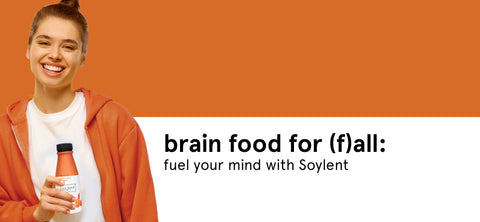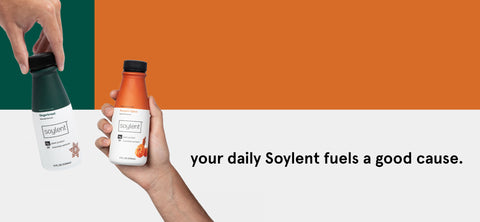
Every item on the list below has two things in common:
- They’re all salty, sweet, savory foods most of us crave.
- They’re all composed of “bad” carbs.
Pastries, cookies, chips, pretzels, pizza, french fries, candy, bagels, crackers, tortillas, white bread, white rice, pasta, and most sweet desserts.
But what makes a carb “bad”?
“Bad” or “fast-burning carbs” are often the softest, chewiest, most heavenly things around, so can something that tastes so good actually be so bad?
Today, we’ll tell you where “bad” carbs come from, highlight their pitfalls, and equip you with the knowledge for how to identify and avoid them to improve your energy levels and lead a healthier life.
Where Do Bad Carbs Come From

When we say “bad” carbs, we’re specifically referring to fast-burning carbs with a high glycemic index that jack up your blood sugar and insulin levels and don’t offer many, if any, nutritional benefits.
These carbs are empty calories that negatively impact your health and won’t leave you feeling full or satiated, which only makes you want to eat more.
All bad carbs come from refined carbs, but not all refined carbs are bad. That’s a bit confusing, right?
First, understand that not all refined carbs are equal. Refined carbs like Allulose, which we will detail later on, boast an impressive makeup of healthy benefits and process slowly in your body. While standard refined carbs like the ones in cookies, white bread, and store-bought snacks, are terrible for you and burn quickly in your body as empty calories.
There are two types of harmful, refined carbs: sugars and refined grains. So, to understand how bad carbs came to exist, we only have to look at the stories of sugars and refined grains.
The Story of Sugars

Our ancestors probably consumed tiny amounts of sugar. In the early days, sugar cane was likely nothing more than a crop used to fatten up pigs. But humans may have begun gnawing on sugar cane, introducing sugar into our diet by mistake.
The first trace of chemically refined sugar popped up in India nearly 2,500 years ago. Now, we’re addicted to sugar with a global public health crisis on our hands and grocery aisles chock full of sugary packaged goods everywhere.
Every sugar is a simple carbohydrate that your body converts into glucose for energy. But the type of sugar you consume matters.
Natural sugars like fructose and lactose exist in fruits, milk, and cheeses. When you eat these foods, you’re consuming sugar, but with a combination of essential nutrients, vitamins, and minerals that boost your overall health and fight off disease.
Refined sugars like sucrose, glucose, and fructose are extracted from sugar cane and other plants. Refined sugars and nasty chemically-produced sugars like high-fructose corn syrup are added to hundreds of processed foods contributing little to no nutritional value to your body.
The most harmful refined sugars have a high glycemic index, which spikes your blood sugar and insulin levels, negatively impacts your energy levels, and increases your risk of certain diseases.
But like we mentioned above, not all refined carbs possess these harmful traits. Allulose, for instance, is a rare sugar that is about 70-80% as sweet as regular sugar and exists in small quantities in nature. Allulose is categorized as a refined carb, but not only has a low glycemic index, it also works to lower the glycemic index of other carbs it is paired with. Furthermore, Allulose is absorbed by the body, but not metabolized by it, making it virtually calorie-free.
We proudly use Allulose in Soylent products for its touch of sweetness without any of the downfalls of regular sugar and most other refined sugars.
The Story of Grains

Grains are a staple food beloved in almost every culture on Earth. Today, nearly half of the grains grown globally are harvested for human consumption. Grains are the seeds sourced from grasses such as wheat, oats, rice, and corn. Sorghum, millet, rye, and barley are also grains.
Grains that are harvested from nature without manipulation are called unrefined whole grains and they’re composed of three parts: the endosperm, the bran, and the germ. Whole grains are loaded with nutrients that supply your body with numerous health benefits.
Sometime in the late 19th century, the food manufacturing industry discovered that by peeling away the bran and the germ from a grain, they became softer, more digestible, and dramatically increased their shelf life. This method for processing whole grains produced what we refer to as “refined grains” today.
Bad carbs come from empty, refined grains and high-glycemic, chemically-produced sugars. Let’s home in on refined grains since they make up a huge portion of bad carbs found just about everywhere.
The Pitfalls of Refined Grains
Sure, foods with refined grains are softer, longer-lasting, and hold up better in all of our favorite indulgent snacks.
Yet, through the process of refining grains to make foods like white rice, white bread, cereals, and store-bought snacks, most of the nutritional content is stripped away, leaving only the sad, lonely endosperm.
Empty Calories

The endosperm, the only part of the grain that both refined and unrefined grains share, is the interior of the grain where carbohydrates and protein are stored. While carbohydrates and protein are essential, a dense bundle of nutrients is tossed away with the bran and germ.
The bran is the outer layer of the grain which is rich in fiber, B vitamins, iron, copper, zinc, and phytochemicals (natural compounds found in plants).
The germ is the core of the grain, where an array of healthy fat, vitamin E, phytochemicals, and antioxidants live.
Refined grains are terrible because while you’re getting a bit of carbohydrates and protein, you’re mostly filling up on fluffy nothingness.
Blood Sugar Spikes

Refined grains have been stripped of precious natural fiber, vitamins, and minerals your body uses for various functions. This greatly alters how you process them.
Without the presence of these healthy components, refined grains are rapidly digested, surging your blood sugar and insulin levels and leaving you still feeling hungry.
Consistently high blood sugar and insulin levels put you at risk for dangerous diagnoses like heart disease and type 2 diabetes.
Eat Better Carbs
Bad carbs like refined grains and traditional refined sugars are one of the most harmful components of the modern human diet and offer little nutritional value to your body or your waistline. Yet, healthy, complex carbs are a necessity and one of your body’s main sources of burnable energy.
Much the opposite of bad carbs, complex carbs are slowly digested by your body, packed with fiber and nutrients, and enhance your energy levels. Complex carbs gradually elevate your blood sugar and work to reverse the risk of heart disease and type 2 diabetes.
To eat better carbs, start by simply avoiding pre-packaged foods with a laundry list of indiscernible ingredients, refined grains, and added sugars.
Then, select complex carbs that fall under these categories:
Whole grains

- Brown rice
- Oats
- Barley
- Corn
- Rye
- Whole-wheat breads
- Whole-wheat pastas
Legumes

- Soy or Edamame
- Beans
- Peas
- Lentils
Non-starchy Vegetables

- Asparagus
- Corn
- Brussels Sprouts
- Spinach
- Broccoli
- Greens
Fruits & Nuts

- Oranges
- Berries
- Apples
- Bananas
- Pears
- Cashews
- Peanuts
- Walnuts
- Hazelnuts
Notice how none of those foods have a lengthy ingredient list, or even an ingredient list at all? That’s a good indicator.
However, there are brands thoughtfully producing products with complex carbs and little to no added sugars.

Check the back of a bottle of Soylent and you will find a healthy serving of natural, slow-burning carbs and Allulose for a touch of sweetness without spiking your blood sugar levels and causing a harmful impact.
Keep dodging bad carbs and actively seeking complex ones and you’ll enjoy better energy and overall health along the way.
Did you know that Soylent has a very low glycemic index of only 18 - which is much lower than even other “healthy” carbs like whole wheat pasta or brown rice - and even lower than many shakes that are designed for diabetics like Glucerna or Ensure.
- The Soylent Team







